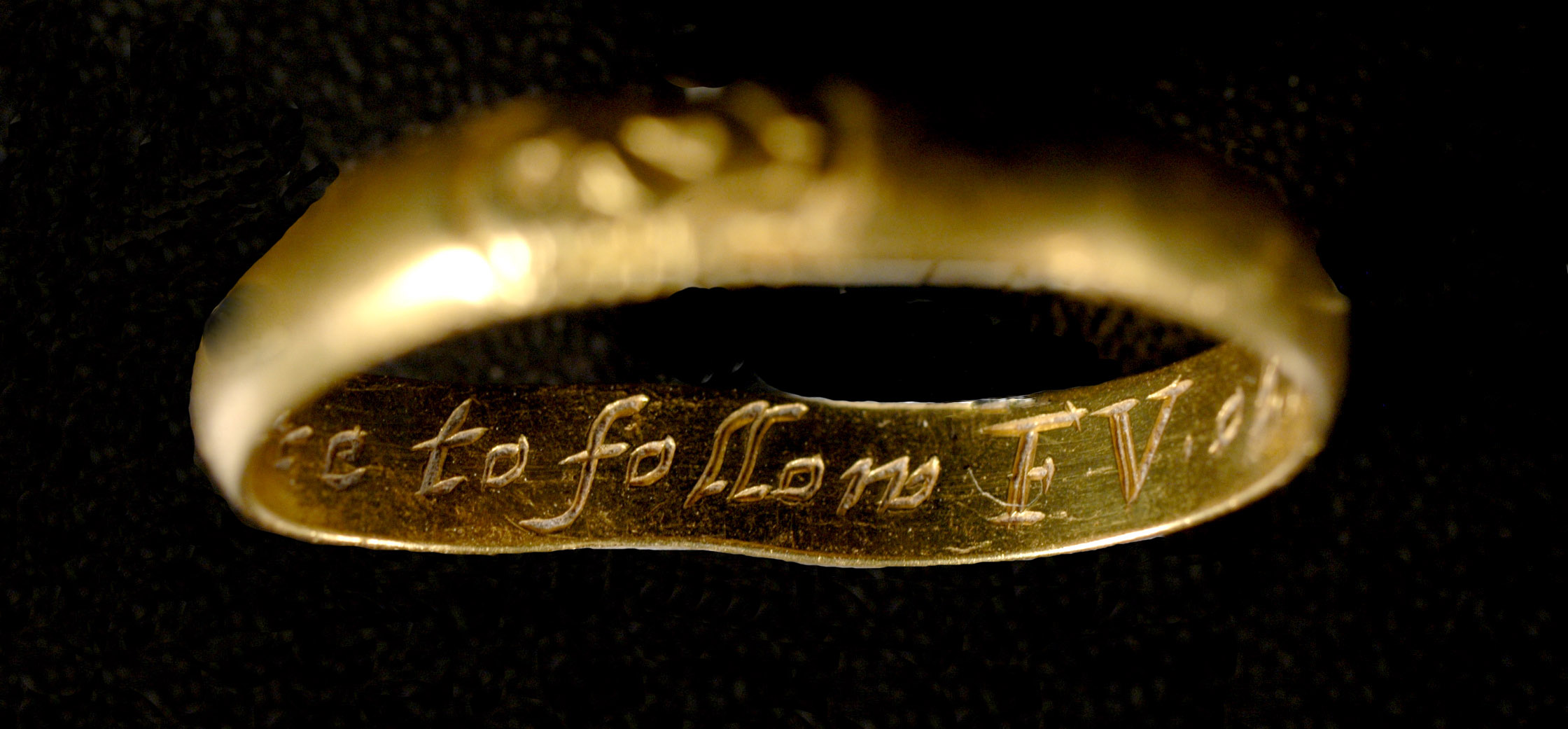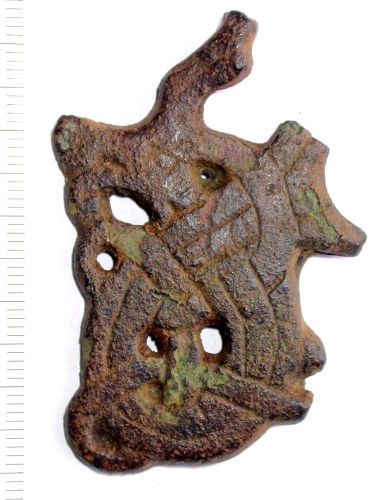Explore the latest news and find out what's on this month
Explore our learning offer for schools, families and community groups
Uncover the rich history of Elmbridge with our latest online exhibitions
Want to discover more about your local area?
Explore the latest news and find out what's on this month
Explore our learning offer for schools, families and community groups
Uncover the rich history of Elmbridge with our latest online exhibitions
Want to discover more about your local area?
Ever fancied yourself as a metal detectorist or amateur archaeologist? The next Indiana Jones or Tony Robinson?
The Portable Antiquities Scheme (PAS) plays a crucial role supporting members of the public who have discovered archaeological treasures by ensuring these are properly researched and deposited at a relevant museum for future generations.
Based at the British Museum in London, over the past 25 years nearly 1.5 million finds have been recorded on the PAS database and over 5000 objects donated to UK museums, ranging from prehistoric-worked flint to post-medieval dress accessories. One of the biggest national finds in recent years was the Staffordshire Hoard, the largest hoard of Anglo-Saxon gold ever found, which is on display at Birmingham Museum and Art Gallery.
Elmbridge Museum has been fortunate to acquire a number of significant objects found within the borough over the years, most recently a fragment of a medieval brooch.

A fragment of a silver-gilt annular brooch comprising a section of frame
This fragment of a medieval brooch was discovered in Cobham and Downside Ward in spring 2019.
It is a silver-gilt annular (ring-shaped) brooch dating to the 13th or 14th century which was a high point for designs of this style.
These type of brooches were not particularly easy to use, as the layers of fabric had to be pushed through the frame before the pin could go through them.
The medieval wearer of this brooch would have most likely have been in the habit of straightening the fabric of their garment in order to pull the pin back against the frame to secure it.
Many annular brooches are not particularly well made or skilfully decorated. Fragments such as these can therefore be hard to recognise. This one is decorated with a series of three wavy concentric borders around a diamond-shaped quatrefoil in the centre.
This fragment measures just 32.9mm in length and weighs just 2.27 grams. Watch the short video clip below to see the moment the brooch fragment was donated to Elmbridge Museum.
In December 2019 Dr Simon Maslin, Finds Liaison Officer for the Portable Antiquities Scheme, kindly delivered the brooch fragment to staff at Elmbridge Museum.

This gold mourning ring was discovered in 2008.
It features a skull design on the exterior and is inscribed on the interior: ‘Prepare to follow FV. Ob: 16 May 70’. Local experts have attributed these initials to Sir Francis Vincent of Stoke D’Abernon who is recorded in the parish registers as having ‘dyed May 16, 1670, between 7 & eight of ye clocke in ye morning’.
The Vincent family primarily owned the manor of Stoke D’Abernon but they also owned land in Cobham, some of which now forms part of the Cobham Park estate.
It has been suggested that the ring was purchased by Matthew Carleton, Sir Francis Vincent’s cousin to whom he left three pounds in his will (and forty shilling’s to Carleton’s wife) ‘to buy them rings’.
 This 11th century irregular shaped horse cheek piece was discovered by a metal detectorist in 2005. The cheek piece is from a horse harness and would have been attached to the reins, allowing the rider to control the horse
This 11th century irregular shaped horse cheek piece was discovered by a metal detectorist in 2005. The cheek piece is from a horse harness and would have been attached to the reins, allowing the rider to control the horse
It is made in the Ringerike Style, named after the place in Norway where it first appeared in the 11th Century. This elaborate style was popular in England just before the Norman Conquest of 1066. Though the style originated in Norway, its use spread throughout England and the majority of Ringerike objects found here were made here. With the Norman Conquest a new ruling class of powerful lords replaced the old English ones and they favoured different styles of art and design. By 1070, just four years after the Conquest, it seems that Ringerike Style was already out of fashion.
This Ringerike Style cheek piece is considered to be one of the finest examples found to date. It is made of copper alloy and measures 55mm in length.
Search over 16,000 objects on the Elmbridge Museum collections database and ignite your interest in local history.
From costume to archaeology, photographs to domestic objects, what will you discover today?
You can find more information on all of the objects above by exploring the Portable Antiquities Scheme database
Medieval brooch fragment Gold mourning ring Bridle cheek piece